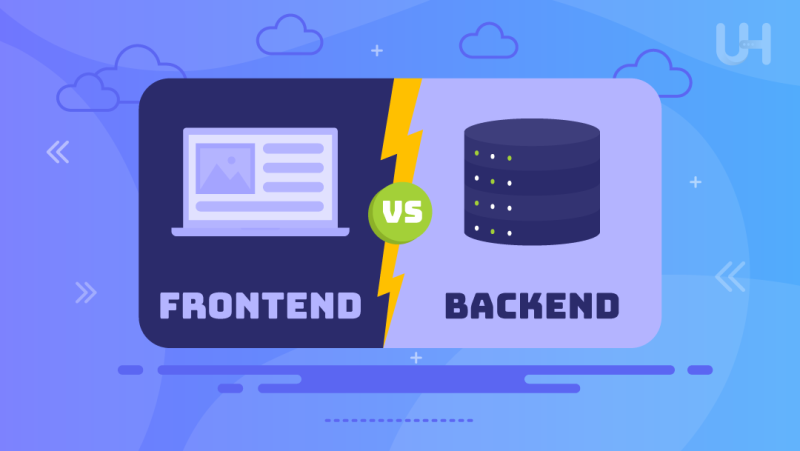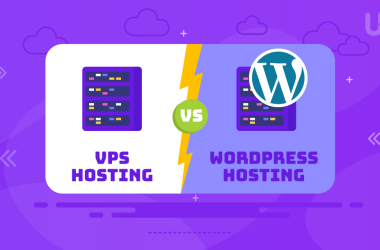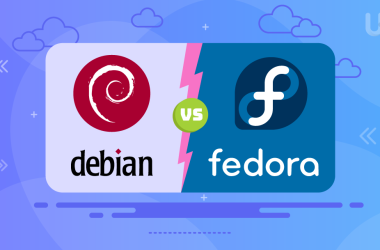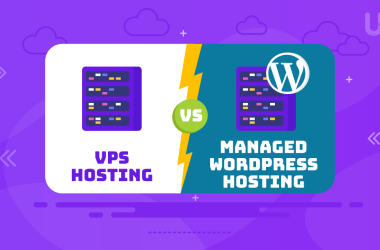Frontend vs backend development is the contrast between two fundamental parts of making a website. Front-end development, or maybe client-side development, refers to whatever the user sees on their web browser while navigating through a website. It refers to everything that is done on a site concerning aesthetics and interactivity using tools such as HTML, CSS, and JavaScript. On the flip side, back-end development involves server-side processes. This manages databases, servers, and application logic that clearly creates a defined data flow between the client and server to support the front end.
In this article, we’ll explore the distinct roles and responsibilities of front-end and back-end developers. We will further discuss specific technologies they work with and the skills you need in each field. Then somehow both front-end and back-end development come together to create a really good and complete website.
What is Frontend Development?
Frontend development basically refers to everything a user sees and interacts with on a website or application. The major concern for frontend developers is to create a smooth, engaging interface that is very much user-friendly. This includes the design and layout of any particular website or app, as well as its interactivity, for which technology such as HTML, CSS, and JavaScript frameworks are used. These tools enable a developer to structure a page with content, make it appealing, and make the content interactive.
By using front-end technology, they ensure a website is accessible, responsive, and attractive to view on every device or platform. They also work on optimizing page loading speed and ensuring the association of visual elements with user expectations.
What is Backend Development?
The backend is known to be the server side of any sort of application; it supports the operation of the front end but works in the background. Segment development of databases, scripting, and website architecture deals with how the website really functions and how anything updates/changes on it. Commonly referred to languages and frameworks related to backend development include Ruby, Python, Java, .NET, and Node.js, while database management systems contain MySQL, PostgreSQL, and MongoDB.
Backend developers are the ones who handle most of the logic and functionalities that let users perform most of the tasks without them even realizing it. For those interested in backend development, there are numerous opportunities in backend software engineer jobs that focus on building robust server-side applications and optimizing database interactions. They write Application Programming Interface(APIs), handle issues of security and data management, and ensure that all interactions between the server, the application, and also the user go smoothly and without hitches.
Unlock Your Website’s Potential Today!
Looking for the perfect web hosting solution for your next project? UltaHost offers secure, scalable, and reliable hosting options tailored to your needs. Boost your online presence and ensure optimal performance with UltaHost. Start your journey today!
Differences Between Frontend and Backend Development
The distinctions between frontend vs backend development can be summarized below:
| Aspect | Frontend Development | Backend Development |
| Focus | User interface and experience | Server, application, and database interaction |
| Technologies | HTML, CSS, JavaScript | Ruby, Python, Java, .NET, Node.js, PHP |
| Functionality | Enables user interaction with the page | Powers the application’s data processing |
| Responsibilities | Visual elements, layouts, interactivity | Logic, database management, server-side functions |
| Outcome | What users see and interact with | How the website/app functions internally and handles user requests |
Frontend vs Backend Developer
Here is the comparison between frontend and backend developers:
| Aspect | Frontend Developer | Backend Developer |
| Focus Area | Client-side | Server-side |
| Primary Role | Enhances user interaction and visual experience of a website or app. | Manages the architecture, server interactions, and data processes. |
| Responsibilities | Design and implement the visual and interactive elements of the user interface. Ensure compatibility and responsiveness across different devices and browsers. Optimize frontend performance to improve user experience. | Develop and maintain the core functional logic and operations. Manage database interactions and server-side application logic. Ensure the website or application operates efficiently and securely. |
| Typical Outcomes | Users see and interact with visually appealing and responsive elements. | Users benefit from efficient and seamless backend processes that support frontend elements. |
The roles of a backend vs frontend developer cover two different but complementary areas of web development. While front-end developers focus on creating an outstanding and engaging user experience, back-end developers ensure the technical backend is solid and efficient in supporting the front end. This ‘frontend vs backend’ dynamic is critical in developing any modern website or application that relies on a collaborative effort to ensure that both the visible and hidden parts work harmoniously towards one common goal. It further indicates the specific skills that any web developer needs to have to contribute successfully within their realms.
Advanced Hosting Solutions in Frontend and Backend Development
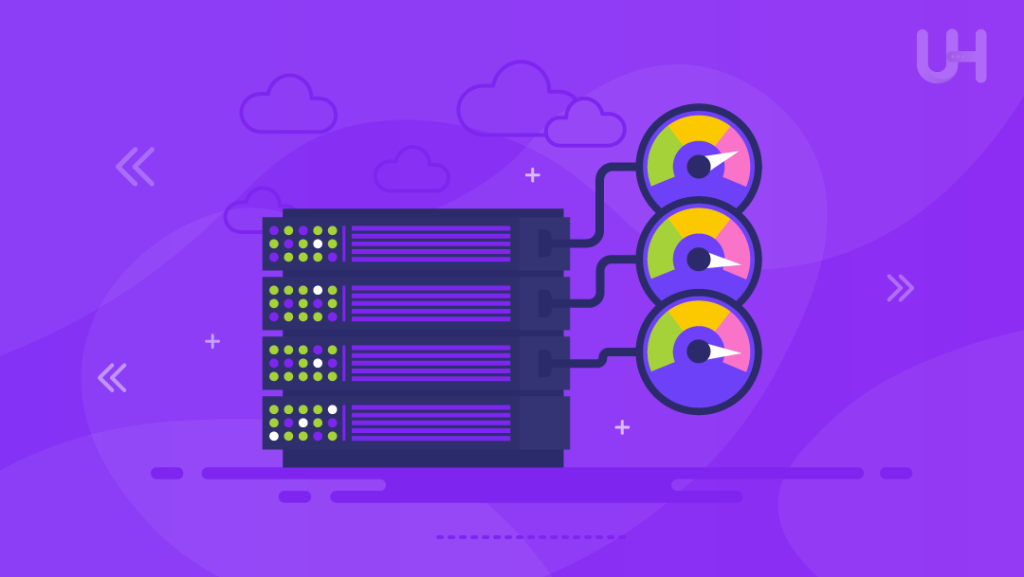
Hosting solutions are a big part of the web development ecosystem. Some of the recently advanced hosting options, such as Secure Shell (SSH) VPS servers, WordPress VPS hosting, and shared hosting, have their benefits projected into either frontend or backend development. Also, this makes these technologies safe, cost-effective, and scalable ways to manage and deliver applications for developers in the back end, suitable for different projects and development needs.
SSH VPS Servers: Secure and Scalable Solutions for Developers
SSH VPS hosting is mainly attributed to its high ability in security and scalability, suitable for developers in the control of their applications when it has gone remote. This form of hosting implies full control over the virtual server and the ability to scale according to an application’s requirements.
Particularly, this is very useful for backend developers who have a quite powerful and secure environment for the realization of complex data operations and server-side logic. Also, on SSH VPS servers, flexible installation and running of any required software and extensive settings, and configuration are possible without any performance and security losses under high loads.
WordPress VPS Hosting: Optimized for Performance and Growth
WordPress VPS hosting is optimized for websites and apps developed on the WordPress content management system framework. The hosting solutions are amenable to front-end developers working on content-rich sites that demand high performance, reliability, and elasticity to traffic spikes.
Managed WordPress VPS hosting is optimized to support all WordPress features and plugins. This allows for the running of vast amounts of data and multimedia content without causing a delay. It also provides more control over the configuration settings than shared hosting solutions. Hence, it is an ideal platform for projects that expect growth and need regular updating and maintenance.
Shared hosting is one cost-effective option for hosting, especially for small projects and front-end development. High-end customization and full control of a server are not major concerns in such cases. Shared hosting means several websites are hosted on one server. The resources, such as bandwidth and storage, are shared accordingly. It’s perfect for static websites. It’s also suitable for small blogs and personal portfolios. This option doesn’t require large back-end processing. The storage demand is not massive.
It offers an inexpensive and quick setup. In most cases, hosting providers handle server maintenance and management. The performance of such websites can be easily impacted by others on the same server. Additionally, scalability may be limited.
Conclusion
Both frontend and backend developments make up the very essence of web and application development. Each, in its own way, is packed with a whole set of roles, tools, and responsibilities. Understanding their differences and the dynamics of how they work together is key knowledge for developers coming up. Both the frontend and backend need to be strong. Whether it’s the interaction part of the frontend or the logic of the back end, they must be user-friendly. A productive application results from having a strong and user-friendly frontend and backend.
For developers seeking top-tier performance and speed, consider NVMe VPS hosting. UltaHost provides cutting-edge NVMe VPS solutions that deliver unparalleled speed and reliability. Elevate your website’s performance and ensure a seamless user experience with UltaHost. Get started now!
FAQ
What is frontend development?
Frontend development involves creating a website or application’s visual and interactive aspects using HTML, CSS, and JavaScript.
What is backend development?
Backend development manages server-side operations, databases, and application logic using Ruby, Python, and Java.
What is API development in the backend?
API development involves creating interfaces that allow different software applications to communicate and share data.
What is the role of a database in backend development?
Databases store and manage data, allowing backend developers to retrieve and manipulate information for the application.
Why is HTML important for front-end development?
HTML structures the content on a webpage, providing the foundation for web design and interactivity.





